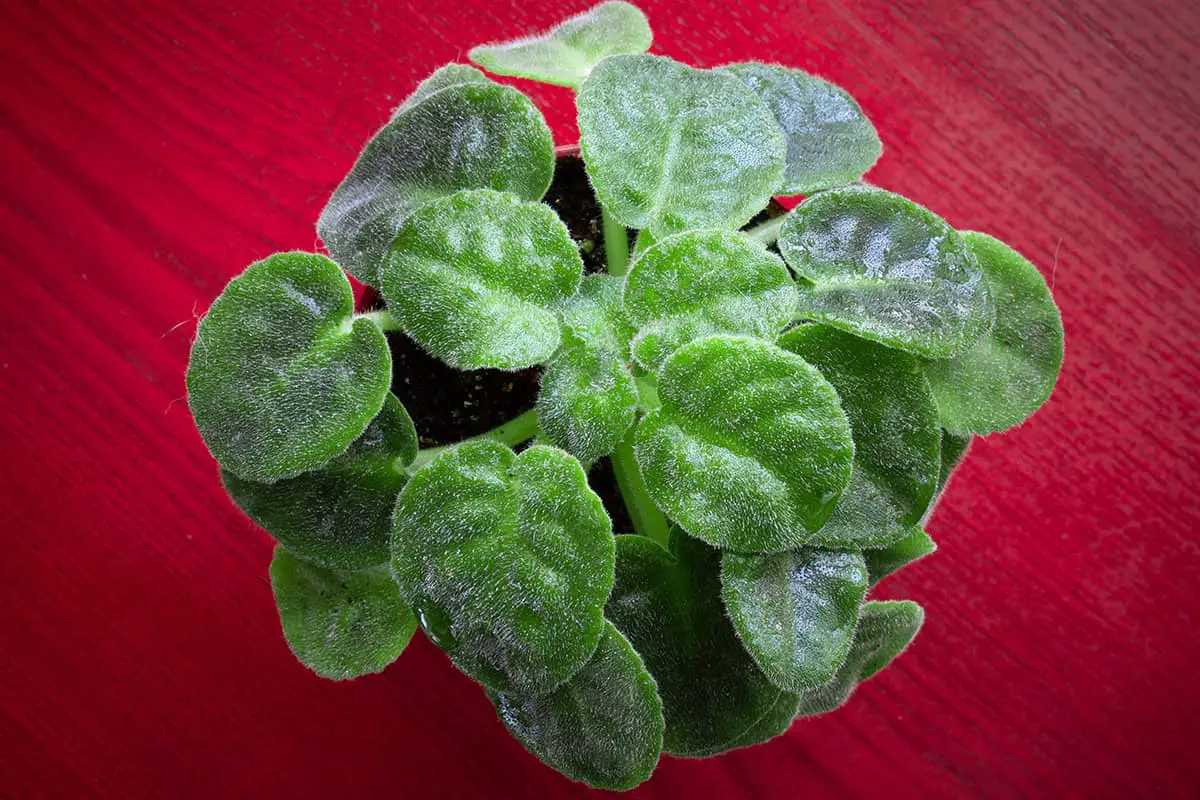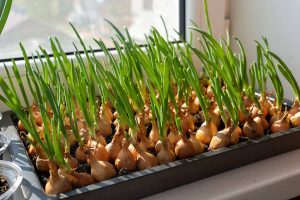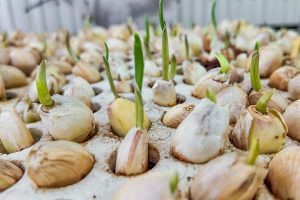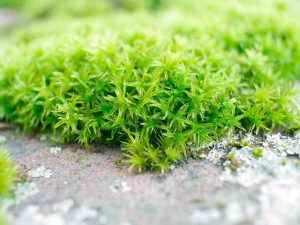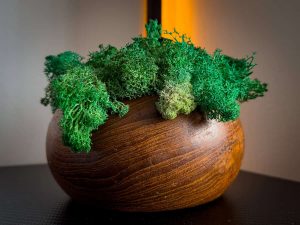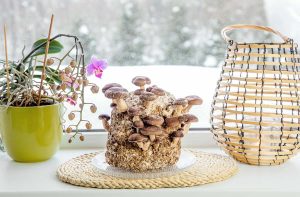You’ve been eagerly waiting for your African violets to bloom, but despite your best efforts, they remain flowerless. This scenario is all too common for many plant enthusiasts. Identifying and correcting common mistakes can help your African violets flourish. Let’s identify and correct common mistakes and discover practical tips to ensure your plants burst into vibrant blooms.
Table of Contents
Reasons Your African Violets May Not Be Flowering
African violets need specific care to flower. Issues such as insufficient light, incorrect watering, and environmental factors can prevent blooms.
Insufficient Light
African violets thrive in bright, indirect light. If they don’t get enough light, they may not flower. Place them near a window with north or east exposure. Use a sheer curtain to block harsh rays if needed. Fluorescent lights also work well when suspended 8 to 10 inches above the plants. Too much direct sun can burn the leaves.
Overwatering
Overwatering is a common mistake that leads to root rot in African violets. Water when the top of the soil feels dry. Avoid letting water sit in the saucer for more than an hour. This keeps the roots from sitting in water. Overwatered plants often have yellowing leaves and may wilt.
Underwatering
Underwatering can also cause African violets to stop flowering. The soil should never become hard or crusty. Check the soil and water when the top feels dry. Signs of underwatering include droopy leaves and dry soil. Consistent, moderate watering helps maintain healthy growth and flowering.
Incorrect Pot Size
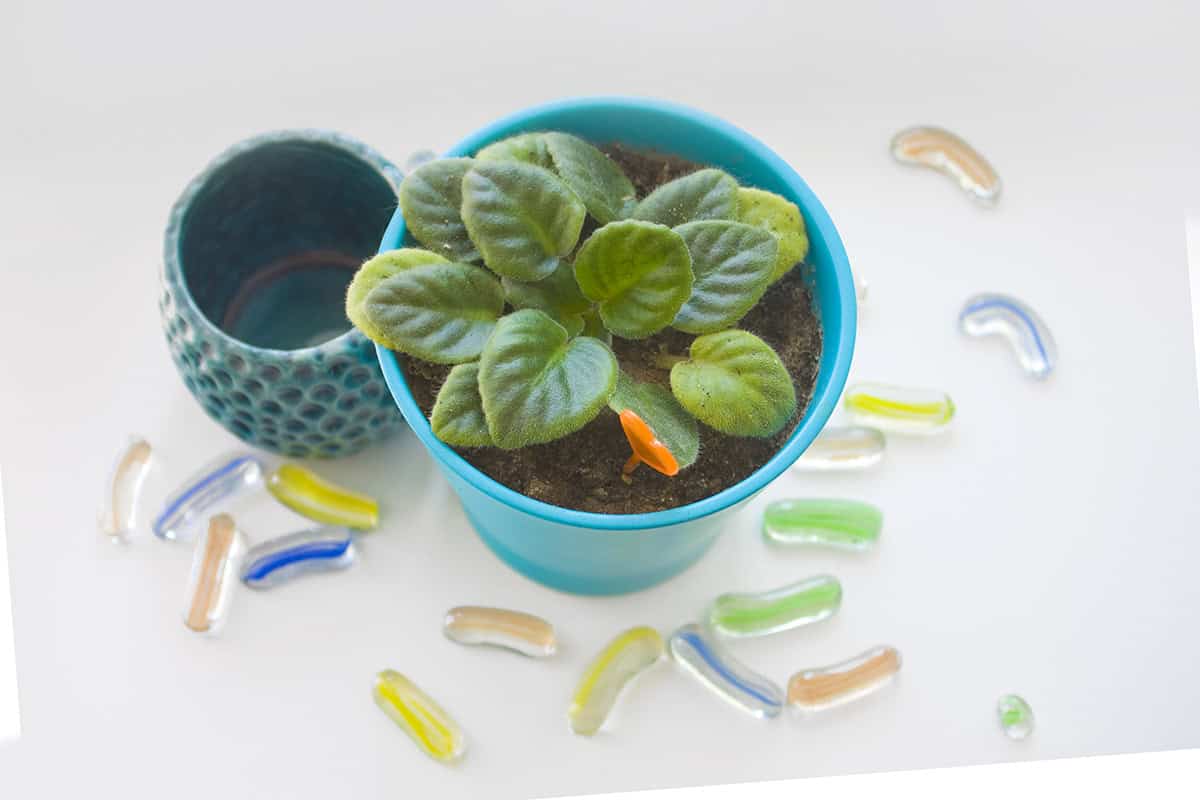
Choosing the correct pot size is crucial. Pots that are too large can cause root rot due to excess soil holding too much moisture. Pots that are too small can restrict root growth. A pot that is one-third the diameter of the plant is ideal. Repotting every six months to a year can help.
Improper Fertilization
African violets need regular fertilization. Use a balanced fertilizer designed for flowering houseplants. Fertilize every 4 to 6 weeks. Over-fertilizing can cause leaf burn and inhibit flowering. Under-fertilizing can result in poor growth and no blooms.
Low Humidity
African violets prefer high humidity levels. Indoor air can be too dry, especially during winter. Place a humidity tray under the pot or use a room humidifier. Grouping plants together can also increase humidity. Avoid placing plants near heating vents or air conditioners.
Cold Temperatures
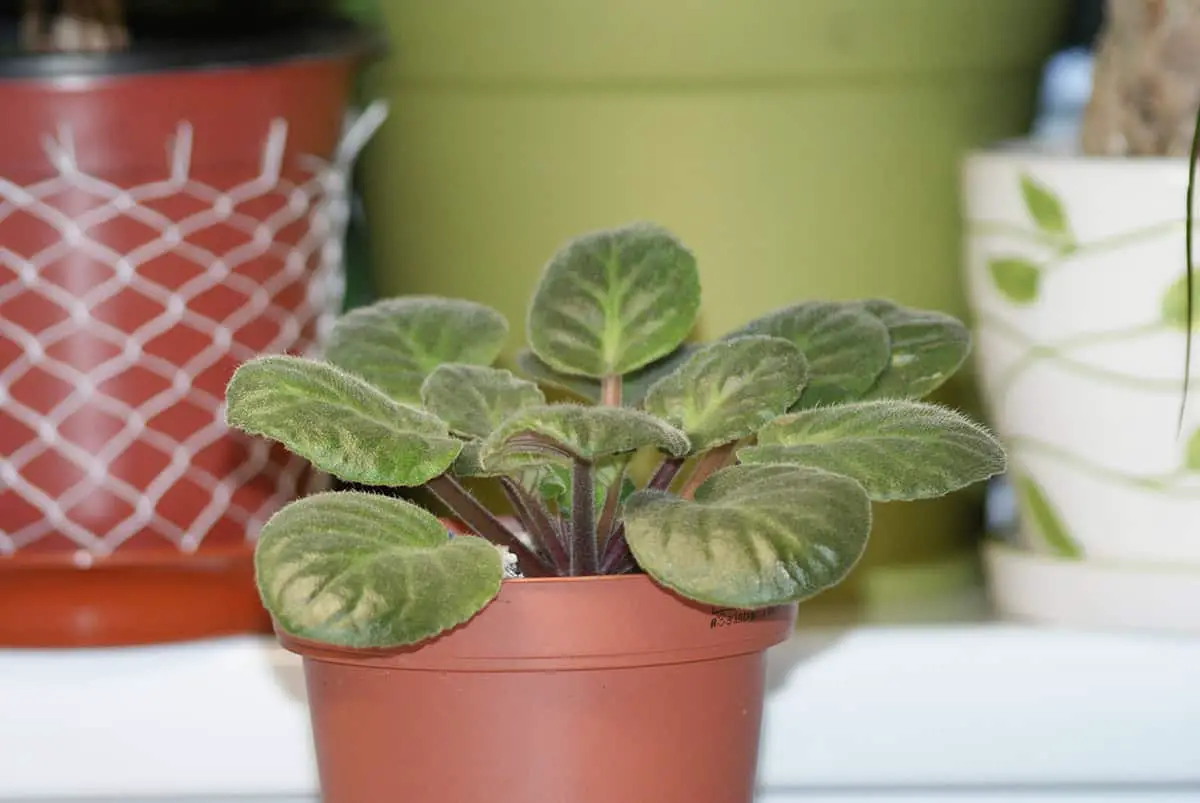
Cold temperatures can prevent African violets from flowering. They prefer temperatures between 65-75°F (18-24°C). Avoid placing them near drafts, cold windows, or air conditioners. Sudden temperature changes can stress the plants and inhibit blooming.
Poor Air Circulation
Good air circulation is important for African violets. Crowded conditions and stagnant air can lead to disease and pests. Place plants where there is good airflow but avoid direct drafts. A small fan can help improve air movement around the plants.
Dirty Leaves
Dirty leaves can block light and reduce photosynthesis, affecting flowering. Regularly clean the leaves with a soft, damp cloth. Avoid getting the leaves too wet, as this can cause spots. Keeping leaves clean helps ensure they get enough light to thrive.
